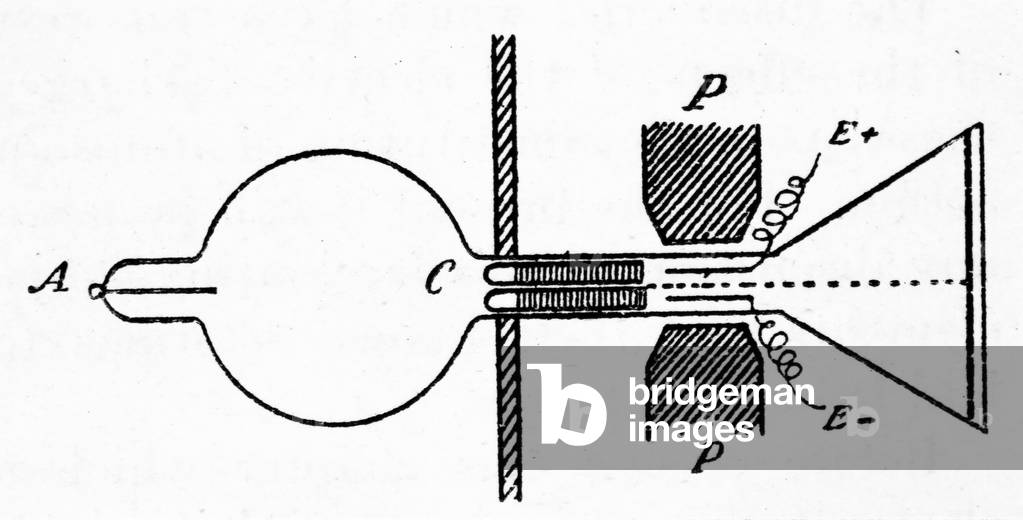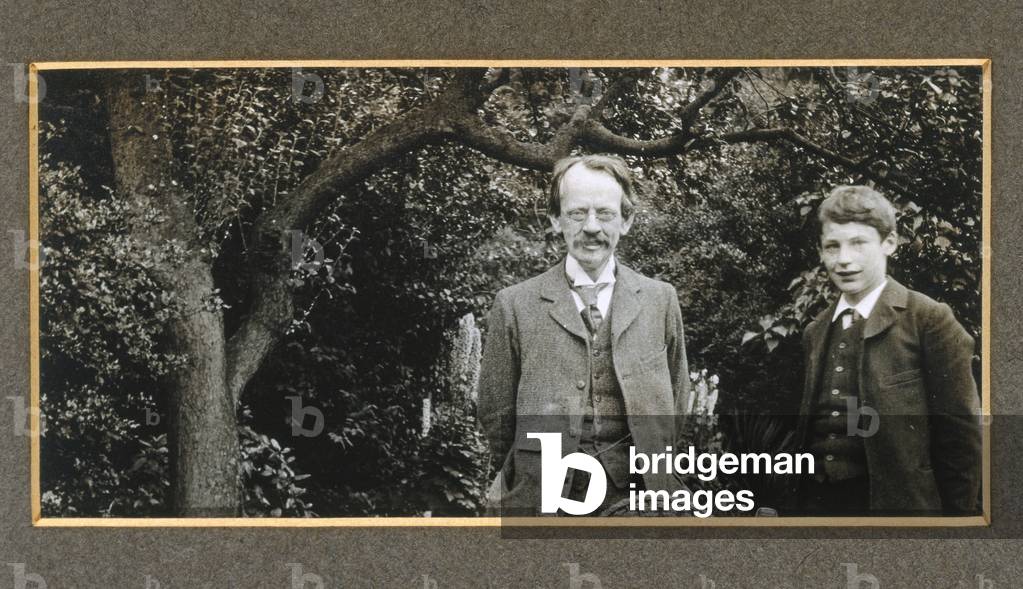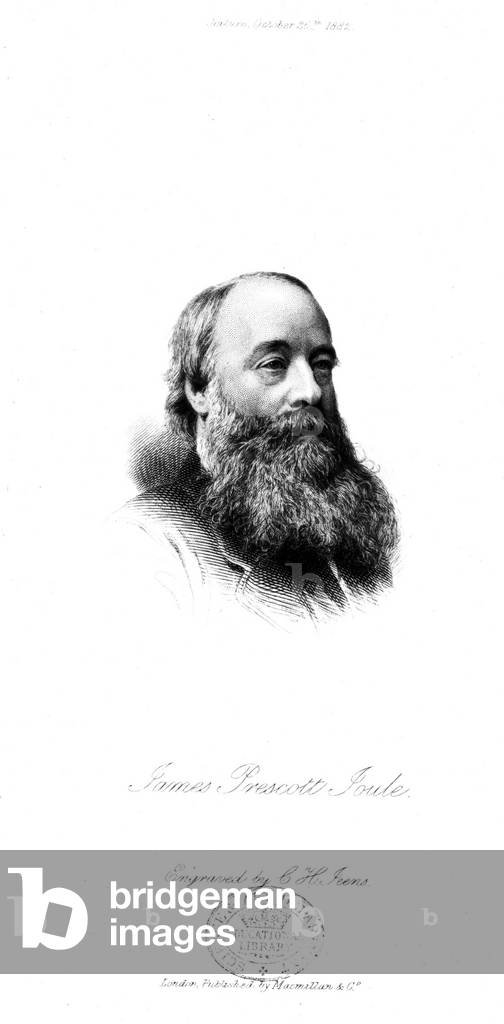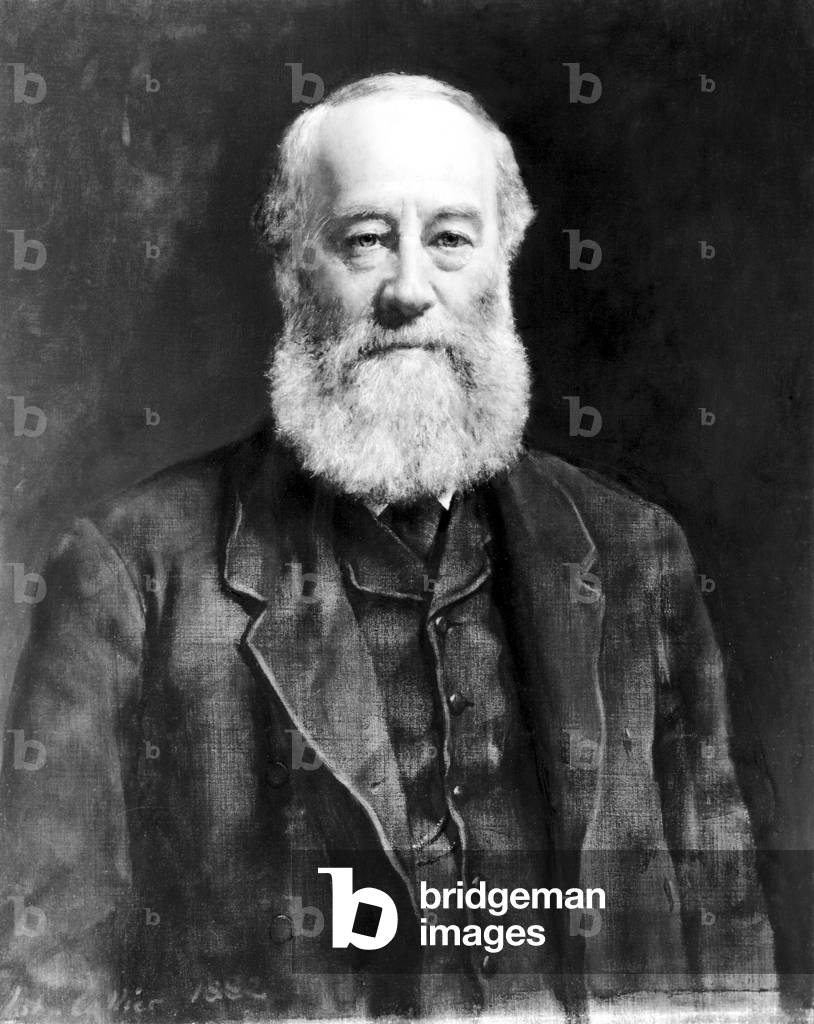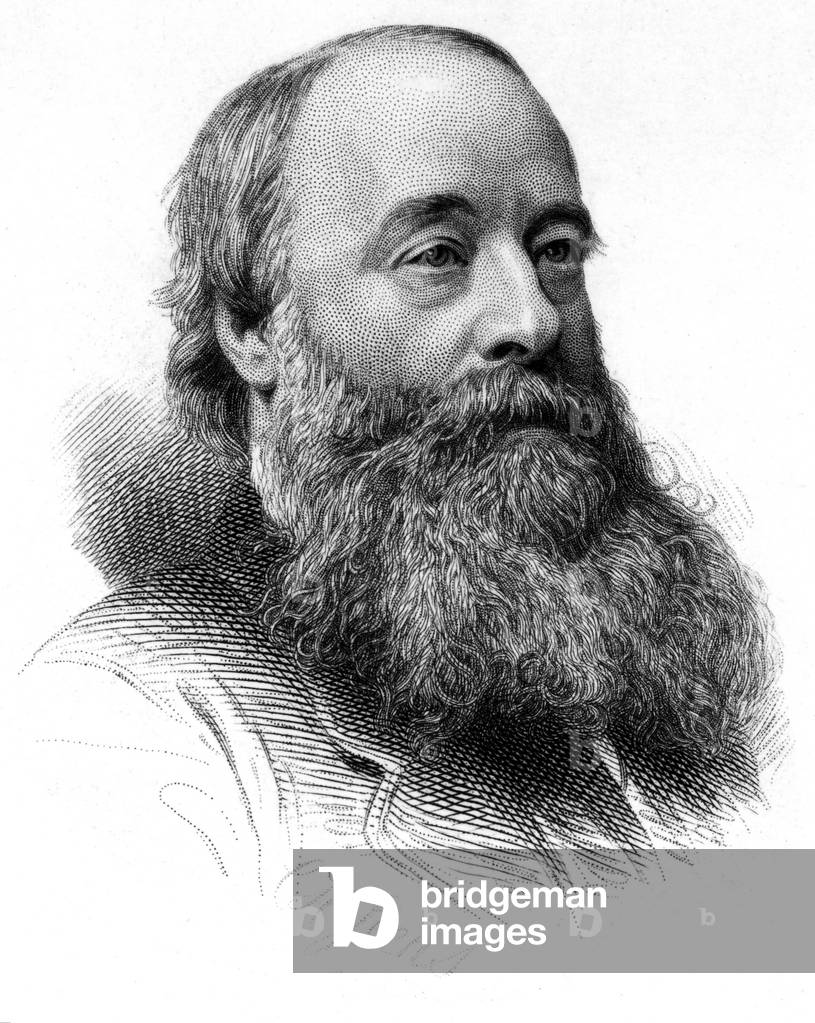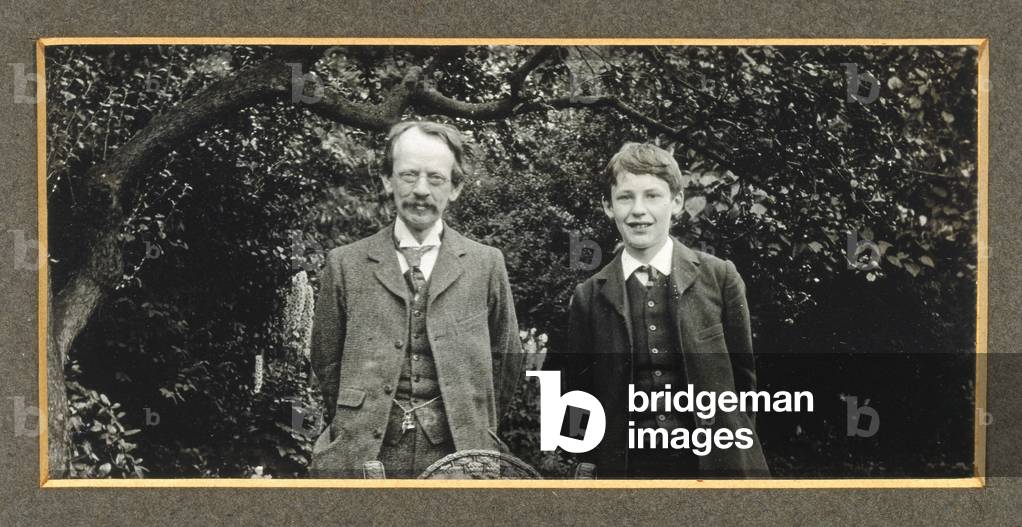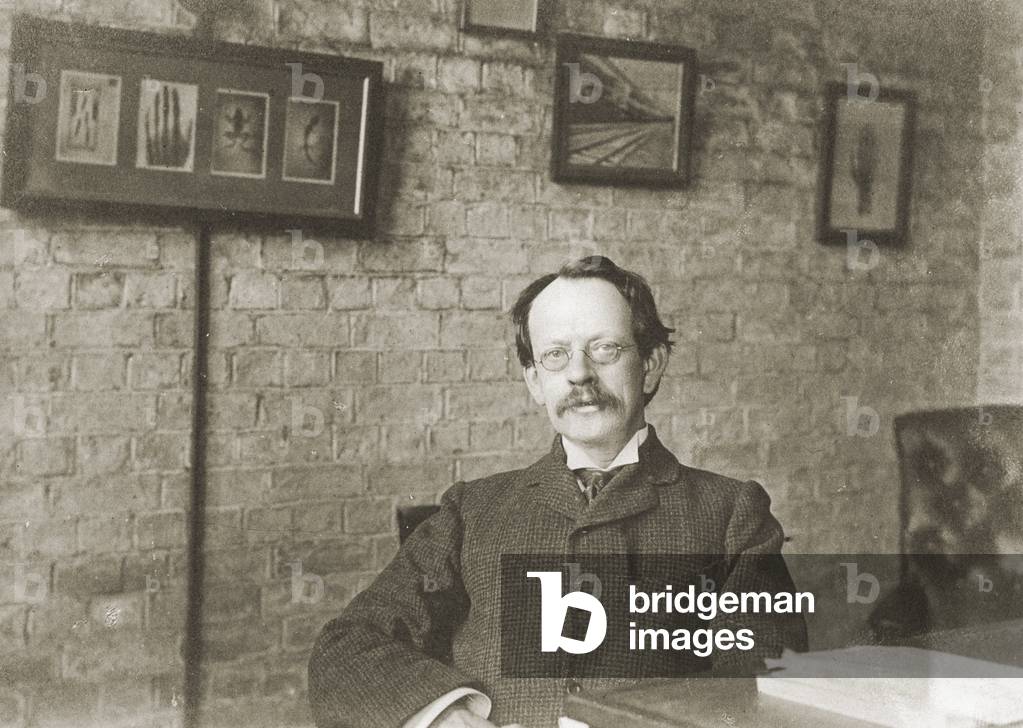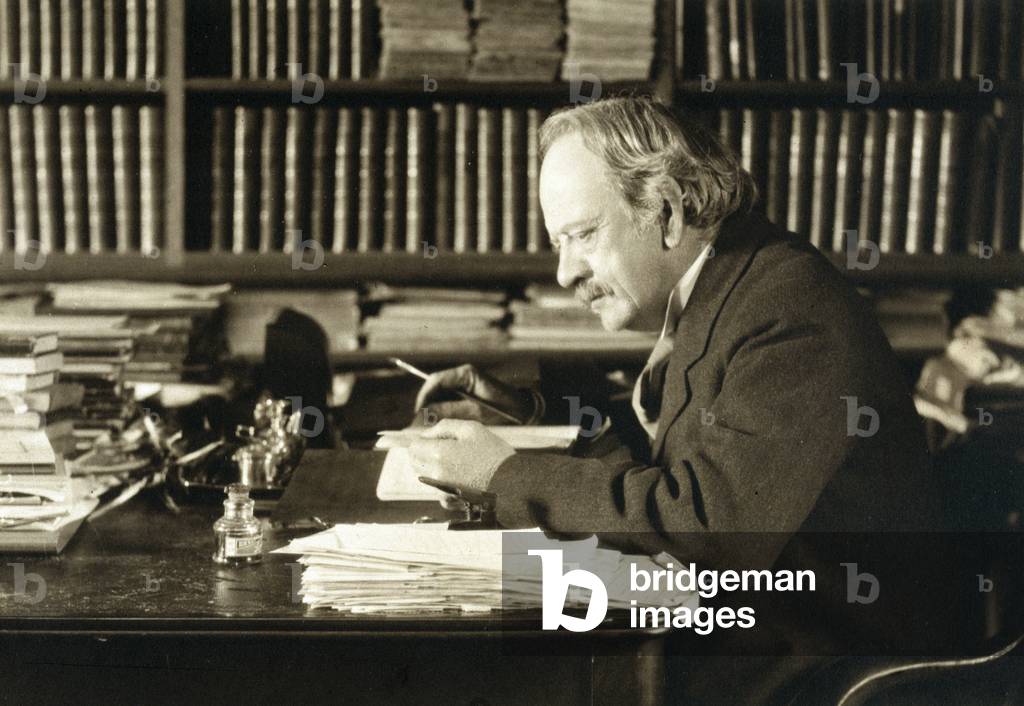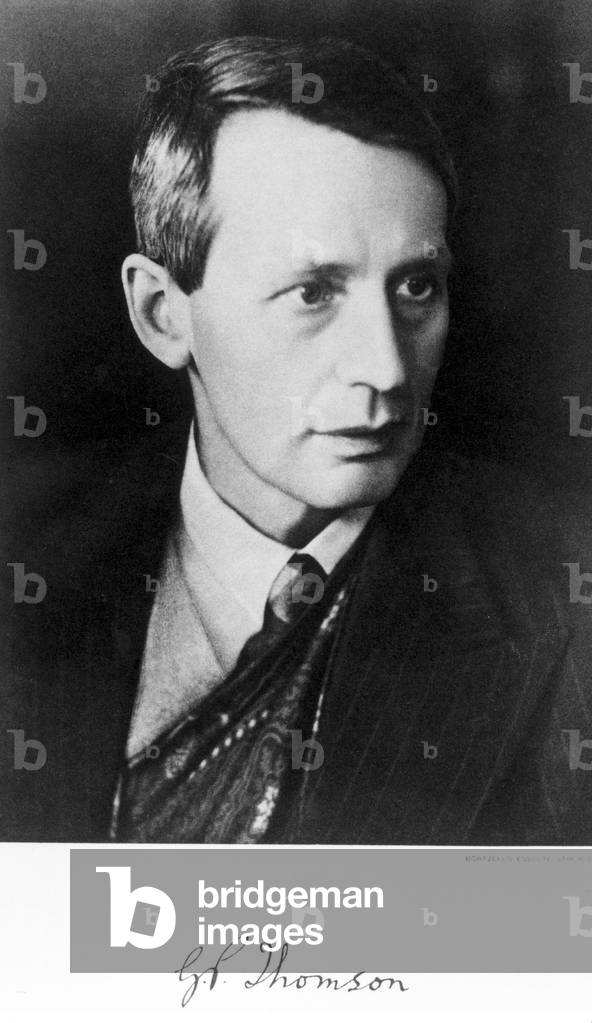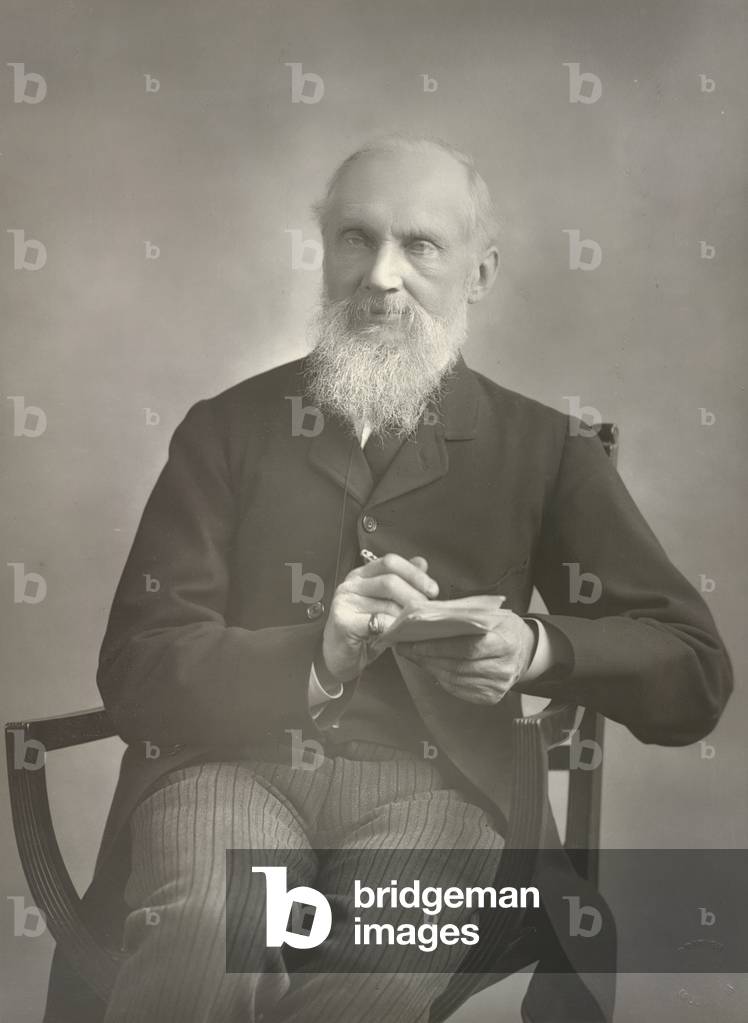
ACD157380
First row : Irving Langmuir (1881-1957), Max Planck (1858-1947), Marie Curie (1867-1934), Hendrick Antoon Lorentz (1853-1928), Albert Einstein (1879-1955), Paul Langevin (1872-1946), Charles Eugene Guye (1866-1942), Charles Thomson Rees Wilson (1869-1959), Owen Williams Richardson(1879-1959). second row : Petrus Debye (1884-1966), Martin Hans Knudsen (1871-1949), William Lawrence Bragg (1890-1971), Hendrik Anthony Kramers (1894-1952), Paul Adrien Dirac (1902-1984), Arthur Holly Compton (1892-1962), Louis Victor de Broglie (1892-1987), Max Born (1882-1970), Niels Bohr (1885-1962). third row : August Piccard (1884-1962), E. Henriot, Paul Ehrenfest, Ed. Herzen, Th. De Donder, Erwin Schrodinger (1887-1961), E. Verschaffelt, Wolfgang Pauli (1900-58), Werner Heisenberg (1901-76), R. H. Fowler, Leon Brillouin (1889-1969);
DC
